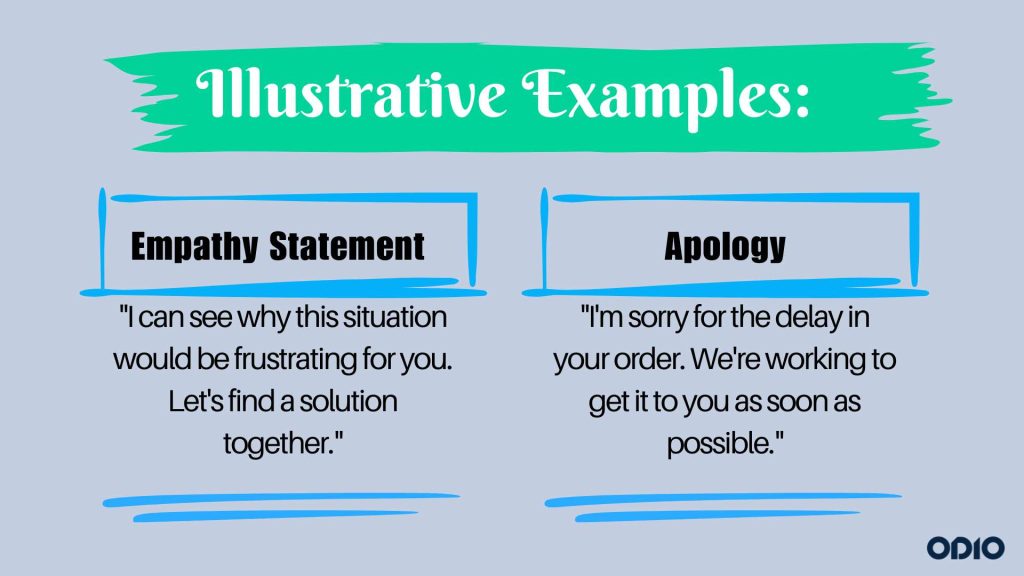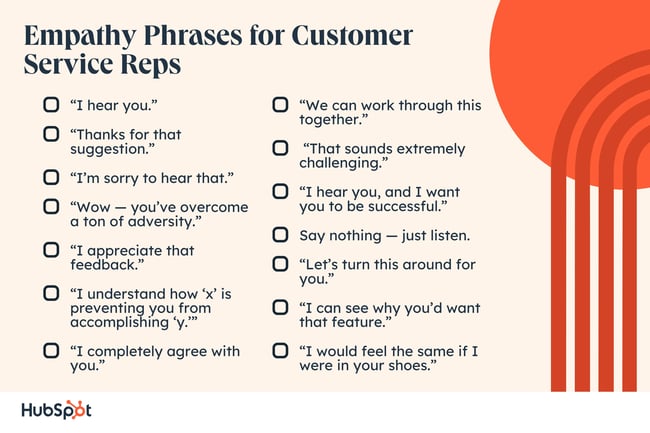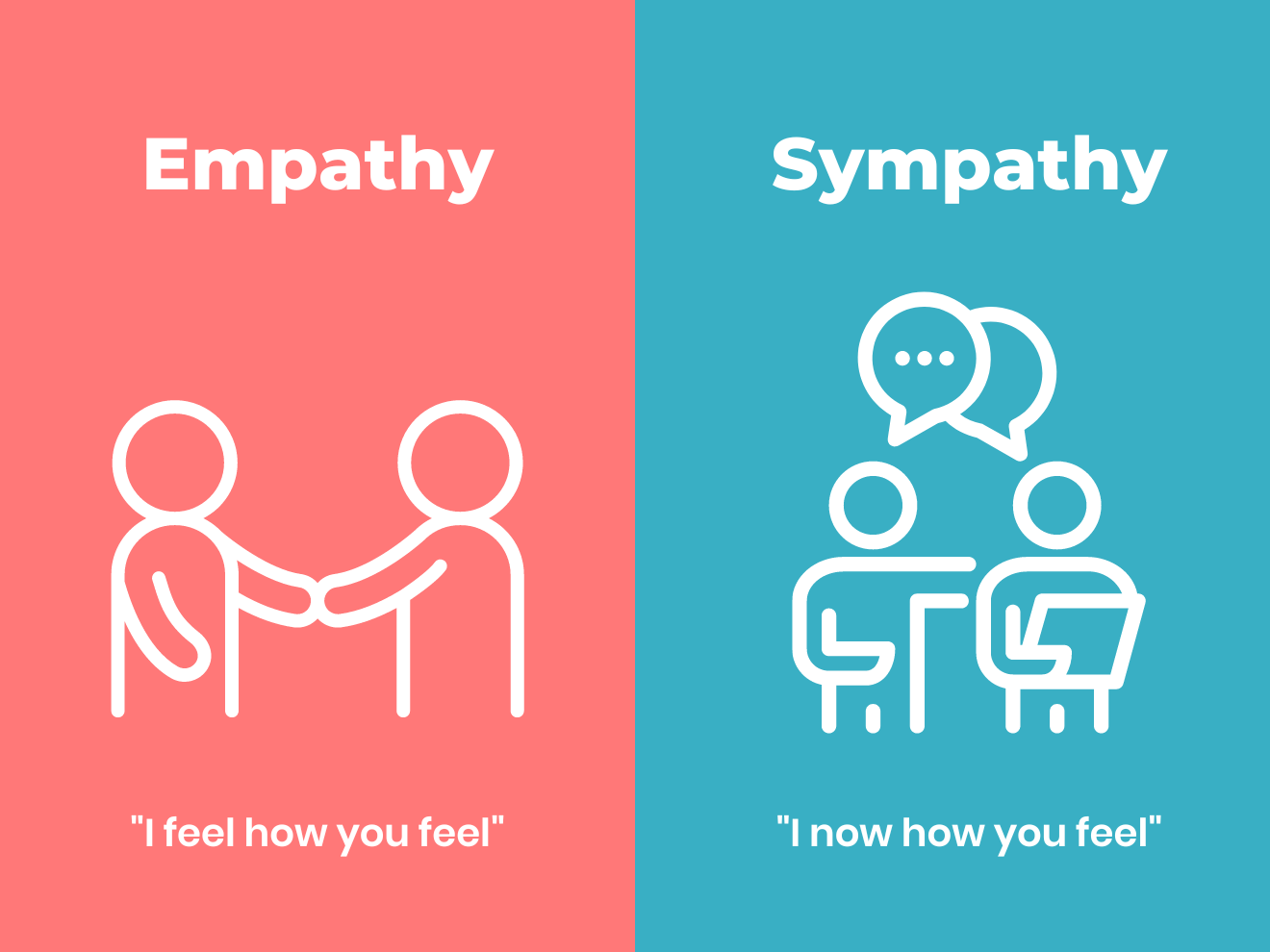How To Express Empathy Without Saying Sorry

In moments of distress or hardship, offering support to others is a natural human impulse. However, the default response of "I'm sorry" can sometimes fall flat or even unintentionally center the attention on the speaker rather than the person in need.
This raises a crucial question: how can we effectively express empathy and offer genuine support without relying solely on the phrase "I'm sorry"? Experts in communication and psychology suggest alternative strategies that focus on validation, understanding, and offering practical assistance.
The Problem with "I'm Sorry"
While often well-intentioned, "I'm sorry" can sometimes minimize the other person's experience. It can also imply responsibility or guilt where none exists, shifting the focus away from the person who needs support.
According to Dr. Helen Riess, a psychiatrist and empathy researcher at Massachusetts General Hospital, "Overuse of 'I'm sorry' can become a reflex that lacks genuine feeling. It's important to connect with the other person's emotions and respond in a way that acknowledges their pain."
Alternative Strategies for Expressing Empathy
Instead of defaulting to "I'm sorry," try these alternative approaches that promote deeper connection and understanding.
1. Validate Their Feelings
Acknowledging and validating the other person's feelings is a powerful way to show empathy. Phrases like "That sounds incredibly difficult" or "I can see why you're feeling that way" demonstrate that you understand and accept their emotions.
Example: If someone shares their frustration about a project deadline, you could say, "That sounds incredibly stressful to manage so many competing priorities."
2. Offer Active Listening
Pay attention to what the other person is saying, both verbally and nonverbally. Show that you're engaged by making eye contact, nodding, and summarizing their points to ensure you understand them correctly.
Active listening creates a safe space for the other person to express themselves fully and feel heard.
3. Ask Open-Ended Questions
Instead of offering quick solutions or unsolicited advice, ask open-ended questions that encourage the other person to elaborate on their experience. "What's been the hardest part about this?" or "How are you coping with this situation?" can help them process their emotions and feel supported.
These questions show you are genuinely interested in understanding their perspective.
4. Offer Practical Support
Sometimes, the best way to show empathy is through action. Ask if there's anything you can do to help, whether it's running errands, offering a listening ear, or providing a practical solution to a problem.
However, be mindful of offering help that is actually helpful, rather than assuming what the person needs. Avoid saying things like "I know how you feel".
5. Share a Similar Experience (Cautiously)
Sharing a similar experience can help the other person feel less alone, but it's important to do so carefully. Focus on how you learned and grew from the experience, rather than dwelling on the negativity.
Caution: Ensure the focus remains on the person who needs support, and avoid making the conversation about yourself.
The Impact of Empathy
Expressing empathy effectively can have a profound impact on relationships, both personal and professional. It can foster trust, strengthen bonds, and create a more supportive environment.
According to research from the Greater Good Science Center at UC Berkeley, "Empathy is essential for building strong communities and promoting social harmony. It allows us to connect with others on a deeper level and respond to their needs with compassion."
Ultimately, learning to express empathy without relying on "I'm sorry" is about shifting the focus from ourselves to the other person, and demonstrating genuine care and understanding in their time of need.


















